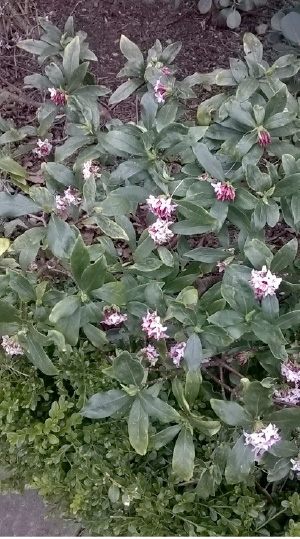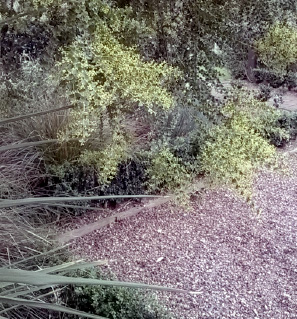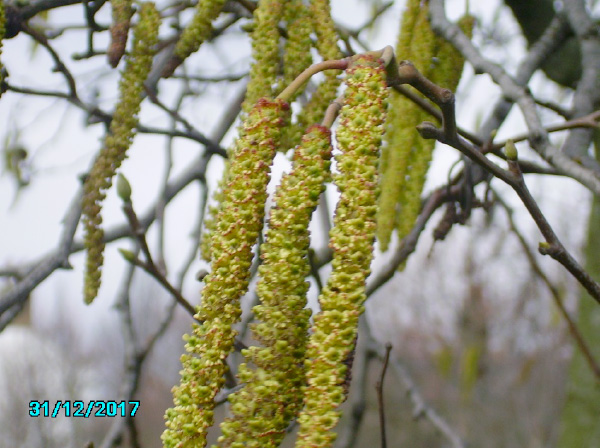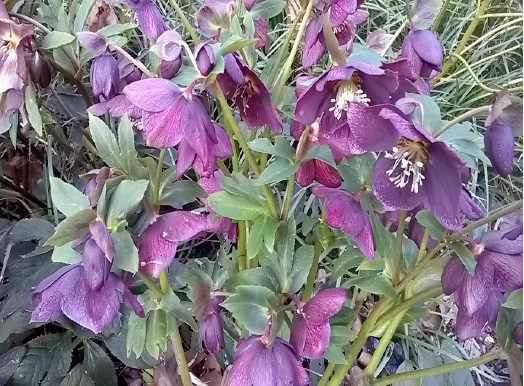Unleash your wild side
Find out more about the wildlife in Burgess Park over the next few months.
Saturday 28 April Find out more about the bird spotting by the lake
All through June we doing #30DaysWild #wildaboutburgess part of the London Wildlife campaign. The perfect excuse to share your favourite photos @BurgessPk.
Saturday 21 July – 4.30 to 6pm Pond-dipping by the lake. Part of London’s National Park City Week.
Chumleigh Gardens

In a corner of the English Garden you’ll find Daphne odora. As the name suggests, it has a gorgeous perfume.
Spot the frogs in the pond. There is some frogs spawn and probably more to come. Creep up slowly and you may hear them croaking. The tadpoles will emerge over the next 21 days. At first, they stick themselves to plants digesting the remaining egg yolk in their guts, then they swim about feeding on algae. As they grow, their diet expands to include other pond life and even plant material which they grind up with tiny teeth. By 12 weeks, they look like tiny frogs and at 16 weeks, they assume their adult shape and can leave the pond.

Between Chumleigh Gardens and St George’s Church
Alder trees
These are native trees that are usually found in boggy ground. Tap one of the yellow catkins and you will see a puff of pollen. These are wind pollinated plants that don’t need insects to fertilise them though you may see bees collecting the protein rich pollen to feed to their larva.

There are male and female flowers on the same tree. The female flowers are much smaller catkins which develop into cones. You will find brown cones from last year still on the trees. The leaves are round with a notch cut out at the tip and the bark has small holes in it.
Alder trees fix nitrogen into the soil, so add to the fertility.
Because they grow in boggy conditions, their orange coloured timber will not rot in water so it was used in the foundations of Venice and for water pipes. Above ground, it will quickly rot.
Siskin, Redpol and Goldfinches eat the seeds, several moths feed on the leaves and the bark is used in medicine.
The Dry Garden

